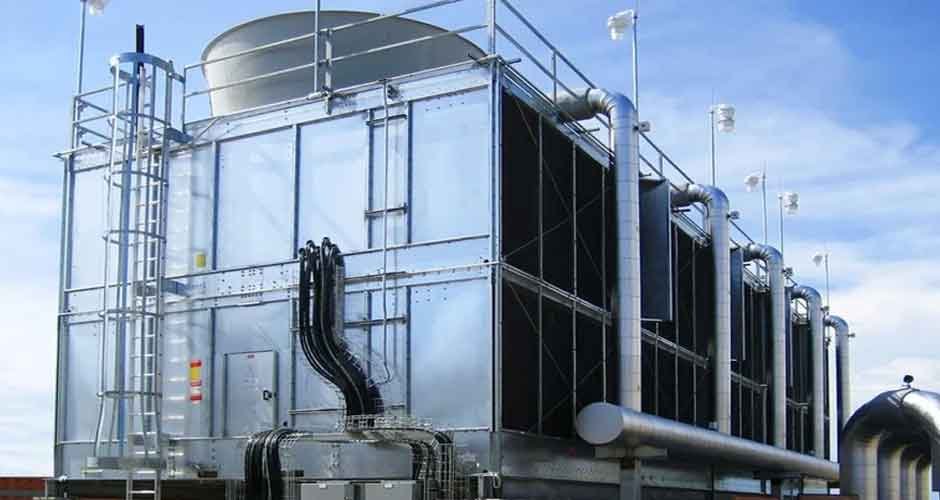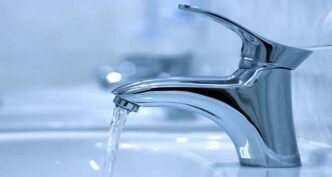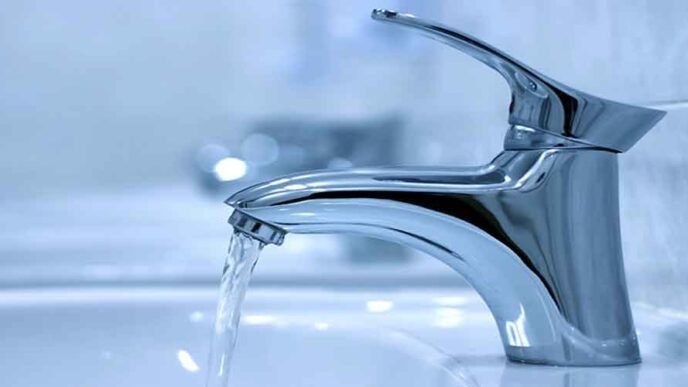Cooling towers are unsung heroes in the world of industrial and commercial facilities. These essential systems play a pivotal role in maintaining operational efficiency by managing excess heat from various processes. Whether you’re managing a facility or simply curious about how these systems work, understanding cooling towers is crucial. This post will delve into the basics of cooling towers, their types, operation, and maintenance, helping you grasp why they are indispensable.
What Is a Cooling Tower?
A cooling tower is a heat rejection device that removes heat from a building or industrial process by transferring it to the atmosphere. Essentially, it cools water that’s been heated during industrial or HVAC processes, allowing it to be reused in the system. This is crucial for maintaining the efficiency of equipment and preventing overheating, which can lead to malfunctions or damage.
How Do Cooling Towers Work?
Cooling towers operate on a straightforward principle: they utilize the process of evaporation to remove heat from water. Here’s a step-by-step breakdown:
Hot Water Entry:
Hot water from the industrial or HVAC system is pumped into the cooling tower.
Distribution:
The water is distributed over a large surface area, usually through fill media, which increases the water’s exposure to air.
Evaporation:
As the water trickles down through the fill media, it comes into contact with the cooler air that’s being drawn into the tower. This process causes a small portion of the water to evaporate, absorbing heat in the process.
Heat Transfer:
The remaining water, now cooler, is collected in a basin at the bottom of the tower.
Recycling:
The cooled water is then pumped back into the system to absorb more heat, and the cycle repeats.
The key to this process is the combination of air and water contact, which facilitates the evaporation process and heat dissipation.
Types of Cooling Towers
Cooling towers come in various designs, each suited for different applications. The main types are:
Open-Circuit Cooling Towers:
In these towers, water directly contacts the air, allowing for heat exchange through evaporation. They are commonly used in industrial applications where large volumes of water are cooled.
Closed-Circuit Cooling Towers:
Here, the water being cooled does not come into direct contact with the air. Instead, the system uses a heat exchanger to transfer heat from the water to a secondary fluid that then contacts the air. This design is more efficient and less prone to contamination.
Hybrid Cooling Towers:
These combine features of both open and closed-circuit designs. They are versatile and can adapt to varying environmental conditions, making them suitable for a wide range of applications.
Key Components of Cooling Towers
Understanding the components of a cooling tower helps in grasping its operation and maintenance. Key components include:
Fill Media:
This is where the water and air interact. It provides a large surface area for the water to spread out and maximize contact with the air.
Drift Eliminators:
These components minimize the loss of water through the tower’s exhaust. They are crucial for improving efficiency and reducing water consumption.
Fans:
Fans are used to draw air through the tower, enhancing the evaporation process. They are typically located at the top of the tower and play a vital role in cooling.
Water Distribution System:
This system ensures that water is evenly distributed over the fill media. It usually includes spray nozzles and distribution pipes.
Basins:
Located at the bottom of the tower, these collect the cooled water and allow it to be pumped back into the system.
Maintenance and Best Practices
Maintaining a cooling tower is essential for its efficient operation and longevity. Here are some best practices:
Regular Inspections:
Conduct routine inspections to check for signs of wear and tear, leaks, and potential issues with components.
Cleaning:
Periodically clean the fill media, drift eliminators, and other components to prevent the build-up of debris and scale, which can impede performance.
Water Treatment:
Effective water treatment is essential to avoid scaling, corrosion, and biological growth. Regular monitoring and adjustment of the water chemistry are necessary to maintain it within the ideal range. Using a radar-level transmitter can enhance this process by providing accurate, real-time measurements of water levels, ensuring timely interventions and optimal treatment.
Check Fans and Pumps:
Ensure that fans and pumps are operating correctly. Faulty fans or pumps can significantly affect cooling efficiency.
Compliance and Safety:
Follow local regulations and safety guidelines to ensure the cooling tower operates within legal standards and maintains a safe environment.
Conclusion
Cooling towers are integral to many industrial and commercial operations, providing essential heat dissipation that keeps systems running smoothly. By understanding how they work, their types, components, and maintenance needs, you can ensure these systems operate efficiently and effectively. Whether you’re managing a facility or simply want to learn more, this knowledge will help you appreciate the vital role cooling towers play in modern infrastructure.












